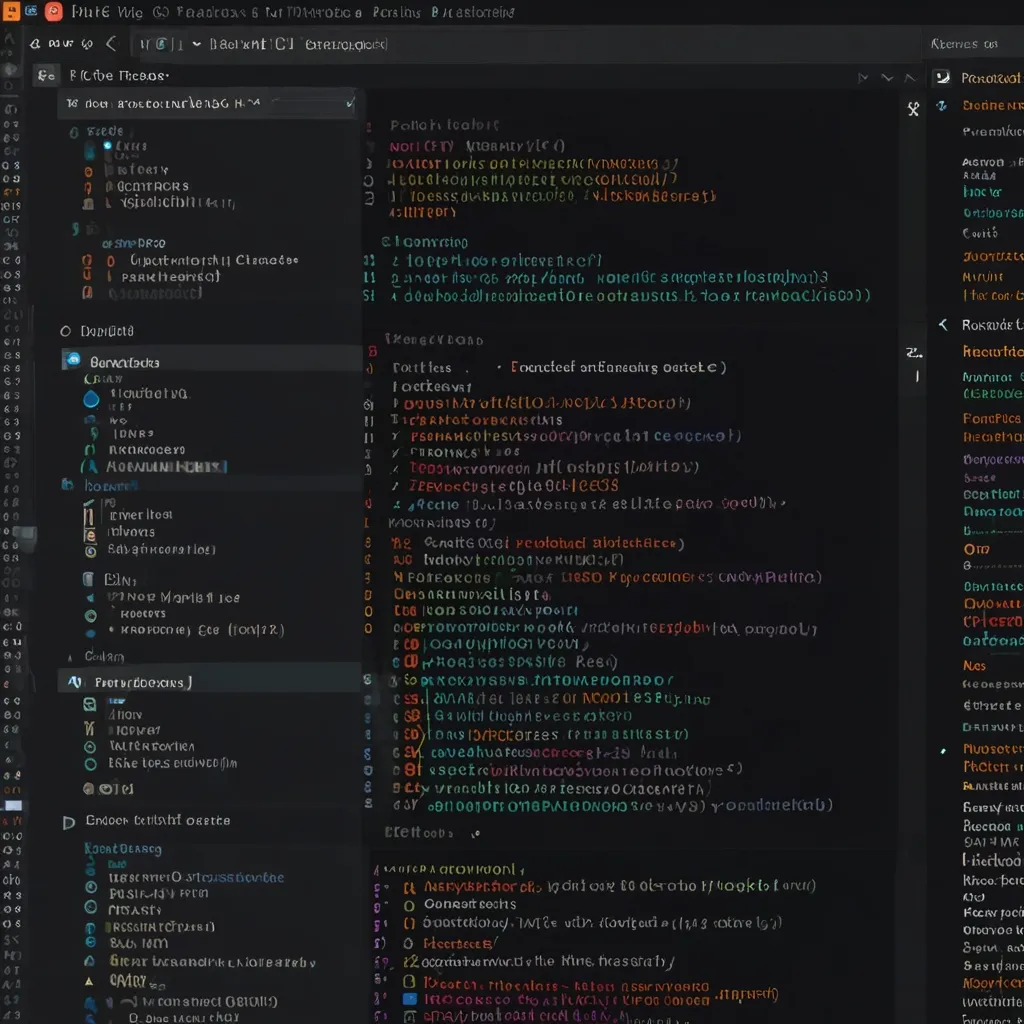Alright, let’s get into it! If you have fiddled with modern C++ testing frameworks, you have undoubtedly come across Catch2. It’s that friend you didn’t know you needed until you’re neck-deep in testing dilemmas. Catch2 has managed to carve out a niche for itself by championing a Behavior-Driven Development (BDD) approach, perfect for those of us who like our tests with a side of storytelling. The beauty of Catch2 lies not just in its functionality but also in its ability to make you feel like you’re not just a coder, but a creator sculpting logic from lines of code.
What makes Catch2 incredible is its simplicity and expressiveness. Even if you’re knee-deep in C++ complexities, Catch2 swoops in like a superhero with a catchy name that, frankly, deserves its own comic book series. Setting it up is almost magic. No convoluted configurations or spending eons in setting up dependencies. You can just be like: “#include <catch2/catch_test_macros.hpp>,” and voila, you’re in the game. It’s like opening a door to a universe where tests are not a chore but a chance to flex your creative muscles.
Imagine you’re working on a C++ project, maybe something slightly intimidating. Let’s say it’s this advanced calculator app, a humble nod to your early programming days but turbocharged with modern C++ capabilities. Naturally, you want this app to be more than just basic arithmetic on steroids. You want precision. Reliability. And that’s where Catch2 tags in.
Picture this scenario: you’ve implemented a function for division, something seemingly simple, but with potential pitfalls when it comes to handling division by zero. With Catch2, you craft a scenario that paints a vivid story of what should happen. You might write a TEST_CASE like:
TEST_CASE("Division operations", "[calculator]") {
REQUIRE_NOTHROW(divide(10, 2)); // A good division!
REQUIRE_THROWS_AS(divide(10, 0), std::runtime_error); // Uh oh, zero division!
}
This isn’t just testing, my friend. This is scriptwriting. You’re not simply ensuring your code works; you’re writing its biography. Narrating its strengths, its vulnerabilities. Tests are no longer these enigmatic lines that hold your code accountable. They’re characters in a narrative that assures the software you’re crafting is ready for center stage.
And while BDD might initially sound like some high-flying concept, in reality, it’s grounded in common sense. It’s about behaviors, not just functionalities. Catch2 allows you to conduct mini-interviews with your code: “What do you do when someone asks you to divide by zero? Do you panic, or do you handle it like a classy, responsible piece of software?” It’s these little conversations with your code that slowly, surely build an application that’s robust, reliable, and ready for the ever-discerning end user.
You’ll appreciate how well Catch2 integrates into modern C++’s mindset. If C++ code is a canvas, then Catch2 is your palette, offering vivid colors to outline failure conditions, success paths, and obscure edge cases. With Catch2, you find yourself less in a frenzy and more in a dance, entranced by the rhythm of writing tests that don’t just protect but elevate your code.
And oh, the high fives you’ll want to give yourself! Catch2 has this amazing way of marking the test results. A successful compilation and execution can feel like acing a pop quiz. Green lights, results clean as a polished mirror—don’t you love it when a plan comes together? And if there’s a hiccup, it’s okay! Debugging with Catch2 is like solving a puzzle with a friend who’s quick with hints but never spoiled the fun.
As you dive deeper into Catch2, you start to pick up on the little efficiencies. Like sectioning tests into different scenarios using the SECTION keyword. This little tool keeps your tests organized without getting out of hand—a godsend for projects that grow faster than you can say “Hello, World!” Speaking of which, regardless of the scope, there’s a certain peace of mind with knowing your app behaves identically at the hands of different users, thanks to the watertight catch of Catch2.
As the sun sets on your testing adventures, you might find yourself circling back to the beginning, but this time with a seasoned eye and a sense of tranquility that comes from mastery. You’re not a programmer in panic. You’re a conductor, orchestrating your C++ symphony, with Catch2 as your loyal baton guiding the way.
When Catch2 adorns your toolbelt, you recognize its charm in the broader context of tech frameworks and languages like Python, Java, JavaScript, or even Go. Testing goes beyond merely pass or fail; it becomes a discipline, a narrative, a craft that stitches together efficiency, creativity, and clarity. You emerge from the trenches not just as a developer, but as a storyteller—one test case at a time. By the end of the road, you’ll realize that writing tests is more than just validation; it’s a testament to your commitment to excellence in code craftsmanship.
So if you haven’t already, give Catch2 a whirl. Dive into its documentation, run a few tests, break something, fix it, repeat. Feel that elation when your logic holds firm under Catch2’s watchful gaze. It’s more than a task; it’s a journey—a journey that every self-respecting modern C++ developer deserves to embark on. Yes, it might nudge you out of your comfort zone just a bit, but isn’t that where the real magic happens?






